Overview: Fentanyl transdermal system is a potent opioid analgesic designed for the management of chronic pain in patients who require continuous, long-term opioid administration. Each patch delivers a steady release of fentanyl over a 72-hour period, ensuring consistent pain relief.
Indications: Fentanyl transdermal patches are indicated for the management of persistent, moderate to severe chronic pain in opioid-tolerant patients who require a continuous around-the-clock opioid analgesic for an extended period of time.
Mechanism of Action: Fentanyl is a synthetic opioid agonist that binds to the body’s opioid receptors, predominantly in the central nervous system. This binding inhibits the transmission of pain signals, alters the perception of pain, and can produce analgesia, sedation, and euphoria.
Dosage and Administration:
- Each patch should be applied to a flat, non-irritated, and non-irradiated skin area on the upper torso.
- The patch should be replaced every 72 hours.
- Rotate the application sites to avoid skin irritation.
- Ensure the skin is dry and free from any creams, oils, or lotions before application.
Pharmacokinetics:
- Absorption: The fentanyl in the patch is absorbed transdermally. The rate of absorption can be affected by factors such as skin temperature and patch location.
- Distribution: Fentanyl is highly lipophilic and distributes rapidly into the brain, heart, kidneys, and muscles.
- Metabolism: It is primarily metabolized in the liver by the enzyme CYP3A4.
- Excretion: Fentanyl and its metabolites are excreted mainly via urine, with a smaller amount excreted in feces.
Warnings and Precautions:
- Fentanyl patches are intended for use only in opioid-tolerant patients.
- Misuse, abuse, and diversion of fentanyl patches pose a significant risk of overdose and death.
- Patches should be kept out of reach of children and pets to avoid accidental ingestion or exposure.
- Avoid exposing the patch to heat sources such as heating pads, electric blankets, or hot baths, as this can increase the absorption rate and risk of overdose.
- Use caution when engaging in activities requiring mental alertness, such as driving or operating heavy machinery.
Side Effects: Common side effects include nausea, vomiting, constipation, dry mouth, somnolence, dizziness, and headache. Serious side effects can include respiratory depression, apnea, and cardiac arrest. If any severe side effects occur, seek immediate medical attention.
Storage: Store the patches at room temperature (20-25°C or 68-77°F) away from heat and moisture. Do not refrigerate or freeze.
Disposal: Used patches should be folded so that the adhesive sides stick together and then disposed of in accordance with local regulations. Unused patches should be properly discarded, preferably by flushing down the toilet if no take-back program is available.
Note: Fentanyl patches are a prescription medication and should be used strictly under the guidance of a healthcare professional. Regular monitoring by a healthcare provider is recommended to assess efficacy and adjust dosage if necessary.

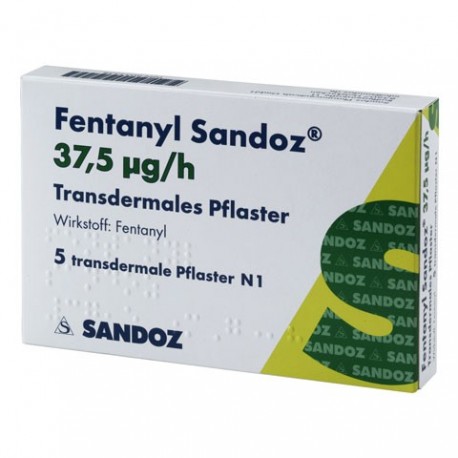
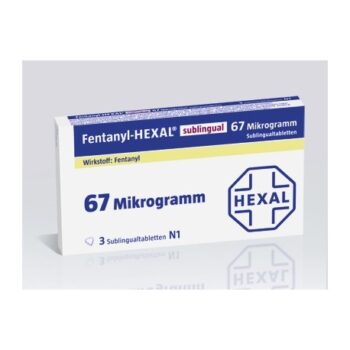
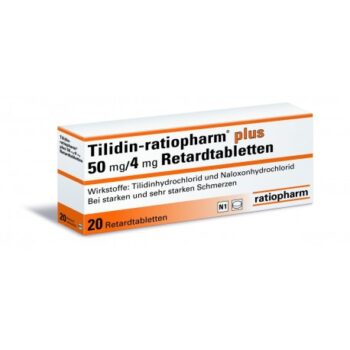
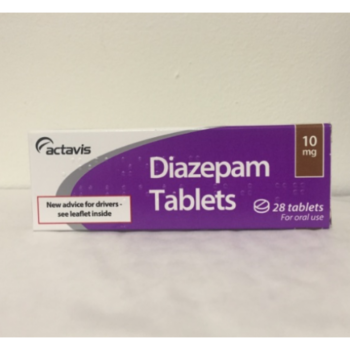
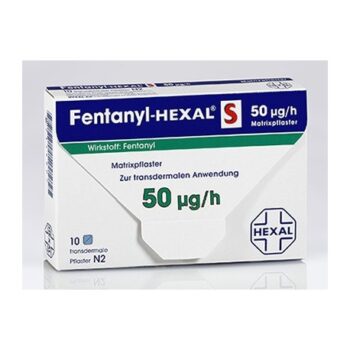
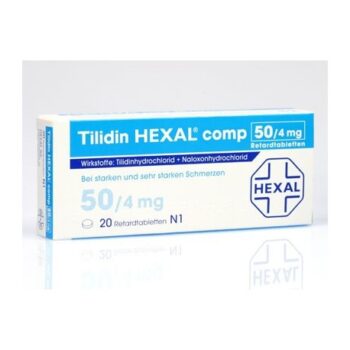
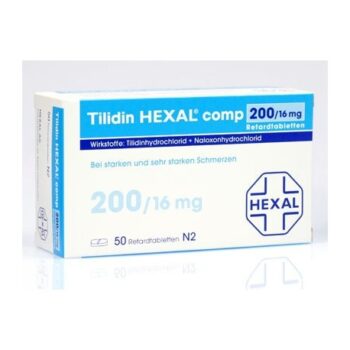
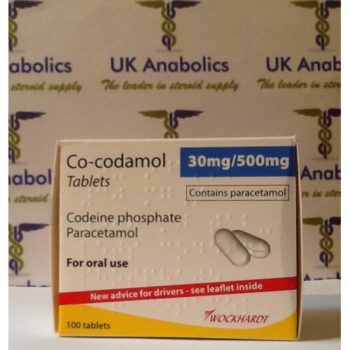


Reviews
There are no reviews yet.